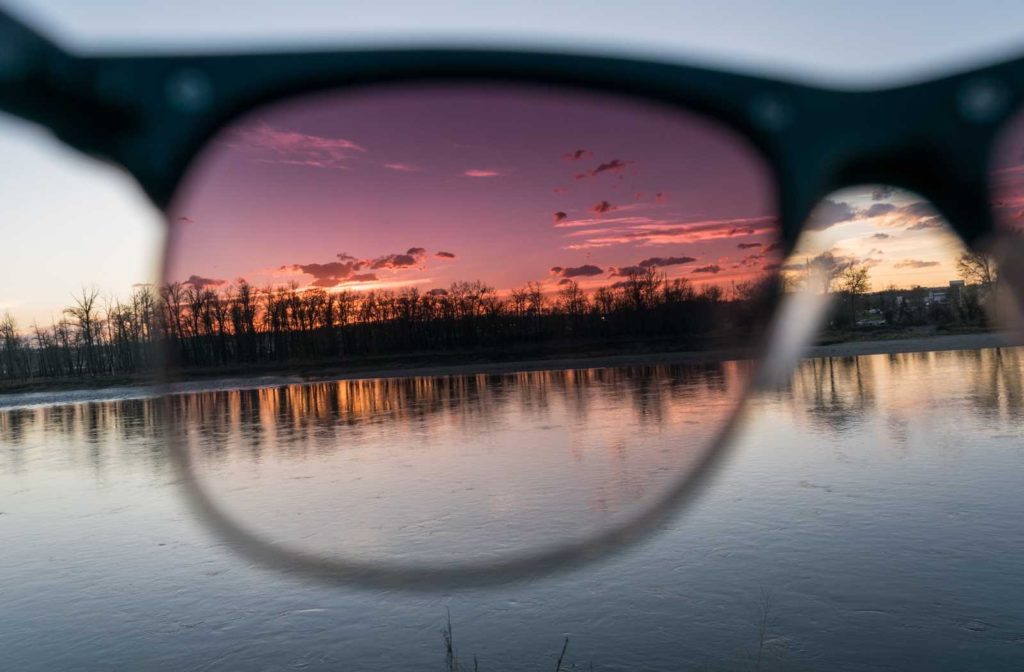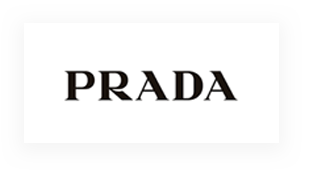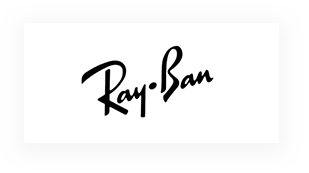
Sunglasses are a great form of protection from UV rays, which can pose a significant risk to your eye health long term. But the other benefit they provide is the way they filter visible light. One big benefit is the filtration of HEV light, which might remotely present health risks to some patients later in life. But with the application of polarized lenses, you can also cut down on gare. Too much glare can lead to eye strain, as you squint in excess sunlight reflecting off surfaces.
Sunlight tends to be much appreciated, but it can be a little misunderstood. The sun is a powerful source of radiation, and it includes several wavelength categories, not limited to visible light. The dangers of gamma radiation, X-rays, and the most concentrated form of UV light are thankfully filtered from your eyes and skin by the ozone layer.
But UV-B and UV-A, subtly dangerous forms of UV light can still filter through and impact your eyes long term. Moreover, the sheer volume of visible light kicked out by the sun, while not a part of the dangerous wavelengths category, can get a little uncomfortable. That’s where sunglasses work their magic, filtering both UV light and intense visible light. But glare can be a problem too!
What is Glare?
Glare is an intense experience, but not many people know how it works. There’s a reason glare hits harder than scattered blue light, or regular sunlight. But then, it’s not obvious how sunlight works either.
How Sunlight Moves
When the sun generates light, it’s the havok of an unbridled nuclear reaction travelling millions of kilometers before reaching earth. Sunlight expresses itself as thousands of different wavelengths overlapping, including those of visible, white light.
A wavelength is hard to isolate, but its energy pulses at peaks and troughs, and those peaks and troughs have only the slightest chance of going up or down (or what we perceive as true up and true down!). It could easily go side-to-side or any angle in between.
You might remember from school that white light actually breaks down into violet, indigo, blue, green, yellow, orange, and red coloured wavelengths. Just as ultraviolet or radio waves overlap and shoot off in different directions, coloured wavelengths of the visible spectrum generate and overlap at all angles. Their peaks and troughs are chaotic.
Glare
Glare is how we experience a shift in the composition of wavelengths. When sunlight reflects off a surface, the angle of pulsation changes! Bouncing off a surface changes its pulsation angle.
After reflecting off a surface, they double up and pulse in a direction parallel with the reflective surface. When waves overlap, they intensify. When light waves overlap the become brighter! And that’s how glare works.
How Your Eyes Respond to Glare
Your iris is the part of your eye that expands and contracts over your pupils, allowing controlled measures of light into the inner parts of your eye.
But with glare, your brain can get confused as to how bright your surroundings are. Normal light is a regular level of brightness, but glare is light with amplified brightness. When your eyes absorb glare, the differing brightness levels can lead to eye strain. Eye strain can take the enjoyment out of life and fatigue your vision.
Polarized Glare
So what kinds of surfaces can sunlight bounce off of as glare? More than you might expect. Obvious suspects include ice, snow, and bodies of water. But glass on the windows of buildings, freshly oiled roads, and even buildings themselves can reflect a lot of sunlight.
When glare bounces off vertical surfaces like buildings, it becomes vertical glare. When it bounces off horizontal surfaces, it becomes horizontal glare.
What is Lens Polarization?
Lens polarization is materials science’s answer to the problem of glare. Much the way open venetian blinds filter excess light, even without being shuttered—polarized lenses filter wavelengths that crash into them.
They only allow light through that pulses parallel to the direction of the “blinds.” In sunglass lenses, we can achieve this effect by aligning opaque microscopic particles, to form “venetion blinds” shapes in your sunglasses.
Vertical & Horizontal Polarization
Remembering what we know from polarized glare, we can orient lens polarization to block glare from horizontal or vertical sources. Horizontal glare can be neutralized with vertical polarization, and vice versa.
But there’s a lot more horizontal surface out there, and not many buildings outside of a city’s downtown core. Roads, water, leaves, sheets of ice and snow—all put out most of the glare that might affect you, and they’re overwhelmingly horizontal surfaces.
Most people probably don’t need horizontal lens polarization, unless you’re a sky scraper’s window washer! When we do polarization for our patients, we usually align vertically.
What Are Polarized Lenses Best Used for?
Basically put, polarized sunglass lenses are huge for anyone exposed to a lot of sunlight, and reflective (usually horizontal) surfaces. Our patients tend to enjoy being out on the water in the summer, the ice and snow in the winter, and sunset or sunrise roads all year round.
Getting vertically polarized lenses is a massive opportunity to avoid eyestrain, especially as your time outside drags from minutes to hours.
You can benefit from polarized lenses for the following activities:
- Water sports: boating, canoeing, kayaking, jet skiing, fishing, etc.
- Road sports: roadtripping, joyriding, cycling, rollerblading, etc.
- Snow sports: cross-country or downhill skiing, snowboarding, snowshoeing etc.
- Ice sports: figure skating, speedskating, hockey, etc.
- Non-contact field sports: golf, soccer, bocce, etc.
Polarized Lens Colour
Combining colour with polarization can maximize your comfort against glare. Some lens colours enhance the effect of polarization and make the ideal pair of sunglasses. While there’s some overlap in advantages granted according to colour, here are a few that stand out for us.
- Grey: best for the most sensitive eyes or the very worst glare, like cross-country skiing or watersports. They can serve well for improving colour richness and light contrast.
- Brown: brown lenses grant the closest colour fidelity, and they do great in varying levels of light. If you’re hiking, cycling, at sunset, or fishing, you might benefit from these most.
- Green: excellent colour fidelity, and good contrast, but they’re better than brown lenses in preserving depth perception. Ideal for golf, bocce, snowboarding or downhill skiing.
When Are Polarized Lenses Not Good?
One thing polarized lenses are NOT good for is flying. Sunglasses are a popular choice for pilots but polarized lenses present a unique hazard. Polarized lenses on sunglasses can filter glare coming from other aircrafts and their reflective materials.
This type of glare is a safety feature, meant to prevent aerial collisions. Pilots are better off dealing with glare, even if it’s a little uncomfortable. They fare best with a simple tint to their visors or sunglasses along with UV protection.
Ask us for Advice on Polarization Directly
Polarization effectively diffuses the kind of glare you can from roads or reflective surfaces like water. The way it absorbs excessive brightness levels makes your surroundings much more evenly lit. For most outdoor activities, they have a positive effect on eye comfort.
And there are some exciting ways they can be enhanced by lens colour choice, so feel free to ask us, especially if you’re purchasing sunglasses with a prescription. We can help you craft the pair most suited to your lifestyle!















